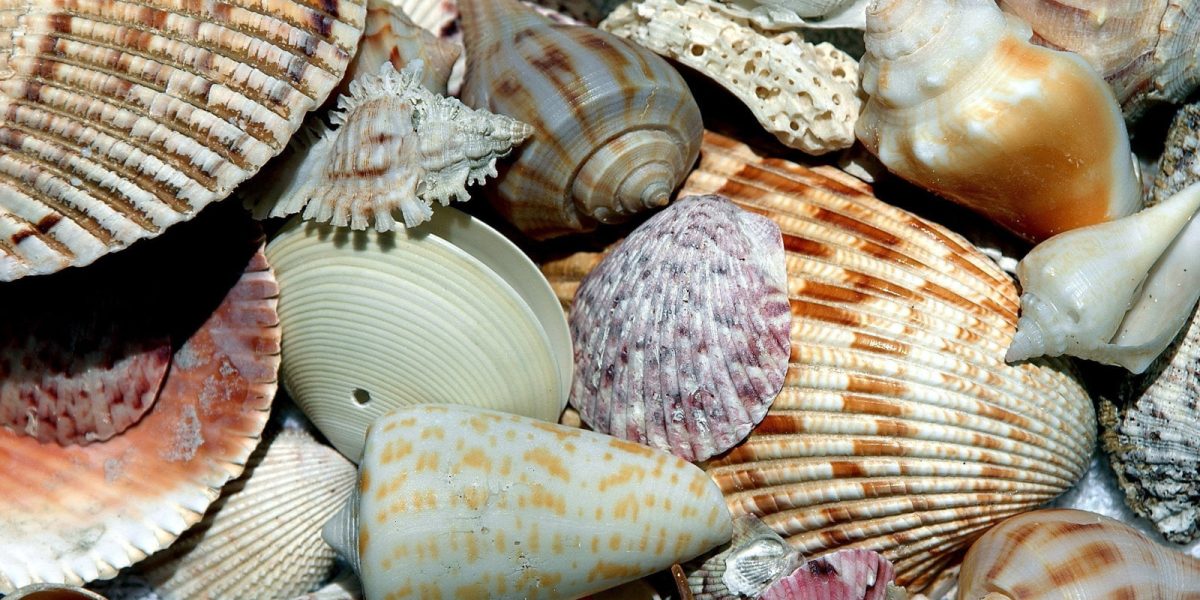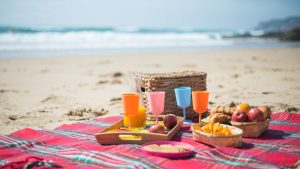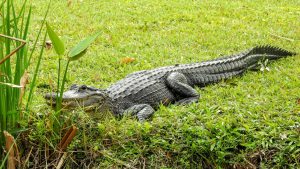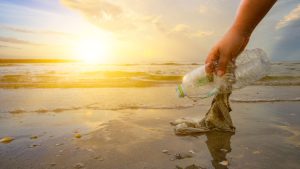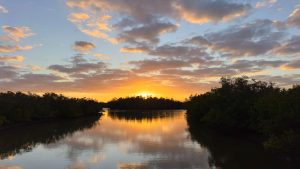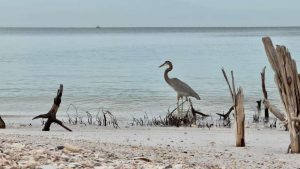Seashells are like tiny washed-up treasures that line our beaches. Anyone coming to the beach cannot miss the opportunity to comb the sand for these beauties.
What Seashells Can You Find in Florida?
Compared to other places, it is easier to find seashells on Florida’s beaches. But before you start hitting the beach for shelling, there is one crucial thing that you should know. It is against the law to remove inhabited seashells from their homes. Another thing is when you find one of those, put it back gently and don’t throw them into the water. Now, it is time to get to know the seashells you might discover on Florida’s beaches.
Conch Shells
You can find bright orange fighting conch seashells all around Southwest Florida’s beaches, as well as horse conchs and others. This type of shell is an integral part of Florida Keys’ culture and is considered as the state shell. It is prohibited to harvest queen conchs when it is still alive, but the empty shells are huge and are used in many ways.
Florida Spiny Jewelbox
Found along the coast of Florida, this seashell has a white interior with pink or red tinges. Despite its thick and heavy shell, most of the ones you might find won’t have spines due to the surf.
Cockle Shells
When viewed from the end, the cockle shells look like a heart. This unique rounded shell thrives on sandy beaches. While you can find smaller cockles easily, larger and intact ones the size of your palm are a rare find. Consider yourself lucky if you find a symmetrical cockle shell.
Jingle Shells
The name of this shell is derived from the sound they make when shaken. It features wrinkled and polished surfaces; thus, it is sometimes called Mermaid’s Toenails. The translucent colors come in shades of dark gray to orange.
Murex Shells
Also known as rock snails, murex snails feature long spikes around its body. This type of shell is fragile, so you will often find them with damaged spikes. Apple murex, in particular, is often found on Florida’s beaches. These are brown with while markers and are generally thicker than other types of murex shells.
Spotted Slipper Shells
This seashell is frequently called boat shells because it looks like an old sailing ship with a flat deck when turned upside down. One of its notable attributes is the circular scar below the right edge of the shelf. This seashell lives in the shallow waters of Florida to Mexico.
Junonia Shells
The iconic milky chamber and brown spots of this shell are much loved for their beauty. Besides, it is a rare sight to see these on the beaches. It houses a marine gastropod mollusk that detaches itself from its beautiful home when it dies. The shell is then washed ashore, where shell collectors hunt it.
There are many seashells to forage. By the end of the day, you will have a bag of treasures to bring home. And if you find some of the rare and beautiful shells mentioned above, then consider yourself lucky. Visit Lovers Key Beach and start your shelling adventure.

